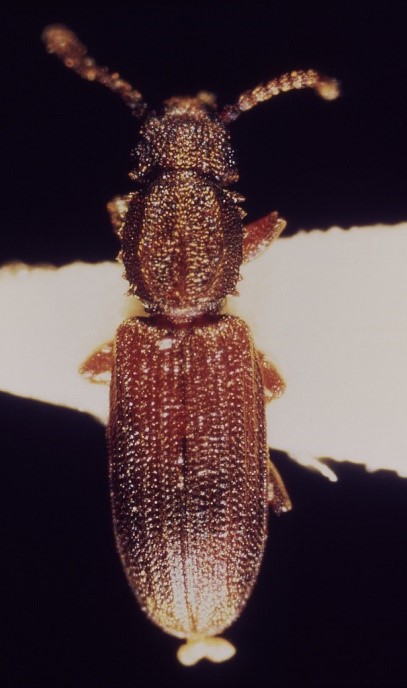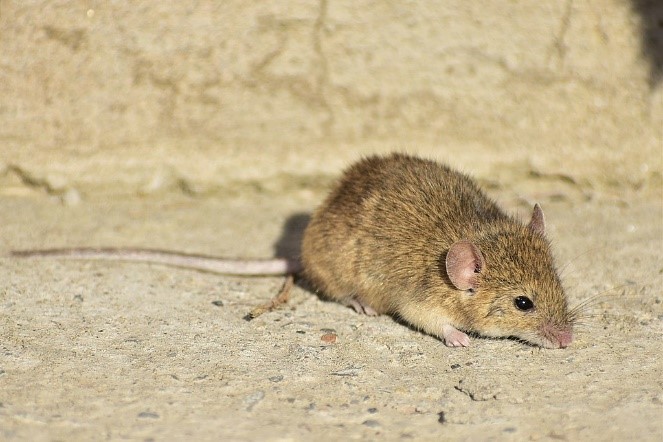Stored Product Pests
Our Control Strategy Get Rid of Stored Product Pests

Stored product pests are usually found living in products (such as dried fruits, spices, flour, bran, peas, dried vegetables, dried flowers, grain, milled cereal products, dog food, nuts, candy, pasta, cheese, and other similar items) and are considered the most severe pests that share food with humans. They cause great losses on grain and stored foodstuffs. Stored products are exposed to a number of harmful insects during their storage period, after harvest, when they are collected after harvest, or while they are in the field. Losses resulting from insect damage to stored grain are estimated at 5–7% annually (and may reach 15%). Most pests of stored grains belong to the order Coleoptera, except for butterflies, which belong to the order Lepidoptera.
Stored food pests cause much damage.
- by consuming or borrowing a large part of the foodstuffs, and the weight of grains may decrease to half of their original weight.
- decreased food quality and nutritional value. Infestation with pests affects the appearance, smell, and taste of foodstuffs, insect excrements accumulate among the stored grains.
- Low economic returns and non-acceptance of foodstuffs commercially.
- Infestation with pests may cause subsequent infestations with other pests and microorganisms that increase damage and losses.
- damage to grain containers and loss of quality.
- low germination rate of grains in the case of reusing them as seeds.
Stored product pest control professional and managers of warehouse facilities should know that:
- Infestation of homes with pests of stored foodstuffs is due to human behavior in keeping various types of foods in his house, the method of preserving and caring for them, and the rate of consumption.
- The amount of damage caused by pests varies according to the density of the pest, the value of the food and the type of damage, whether by consuming the food or transmitting a pathogen to humans or animals.
- Stored food pests usually enter homes hidden in food packagings such as bags and boxes, or are transmitted from infected food that was accidentally brought home. And when they find the right environment and conditions, they increase in number and attack uninfected food.
- Stored foodstuffs (cereals, dry foods, and their products) are infested with a large number of pests of more than 200 species. Including what affects healthy or previously infected grains, what feeds on dry fruits or vegetables and nuts, and what affects processed products such as cheese, chocolate, candy, and meat.
- Some pests are specialized for one type of material and others attack many types of food (they are considered general feeders such as ants, cockroaches, flies, rodents, silverfish, and some types of booklice).
- It is necessary to indicate the type of pest harmful to foodstuffs so that appropriate protection or control measures can be taken.
- There are several systems for defining food pests, some of which depend on the ranks and species that follow them, while others depend on the damage they cause or the food families that affect them.
The most common stored product pests are:
Click on each pest species to learn about its general description, life cycle, common characteristics, and its damage and economic implications.


